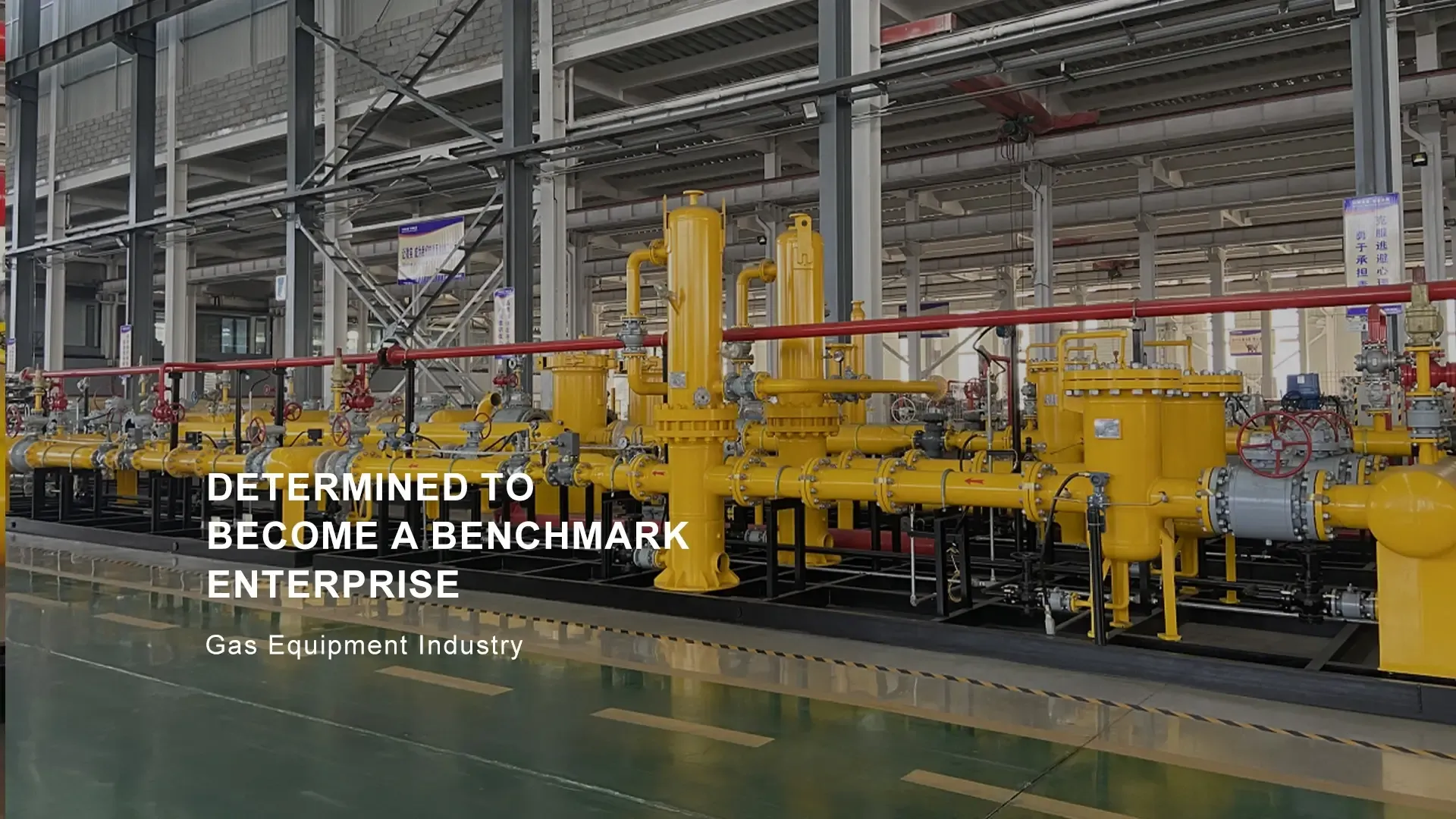
Nov . 16, 2024 02:08
Back to list
gasification equipment
Understanding Gasification Equipment A Key to Sustainable Energy Production
Gasification is an innovative thermal process that converts organic or fossil-based materials into carbon monoxide, hydrogen, and carbon dioxide. This process is gaining traction in the quest for sustainable energy solutions, as it allows for the efficient conversion of biomass, coal, or waste materials into syngas, which can be used for electricity generation, synthetic natural gas production, and even as a chemical feedstock. At the heart of this process lies gasification equipment, which plays a crucial role in determining the efficiency and effectiveness of gasification technology.
Gasification equipment typically includes reactors, gas cleaning systems, and syngas utilization units. The core component is the gasifier itself, where the conversion process occurs. Various types of gasifiers are available, including fixed bed, fluidized bed, and plasma gasifiers, each with unique operational characteristics and suitability for different feedstocks.
Types of Gasification Equipment
1. Fixed Bed Gasifiers Suitable for small to medium-sized operations, fixed bed gasifiers operate by holding a static bed of biomass or coal while air or steam is introduced from below. The solid fuel undergoes pyrolysis, followed by gasification, producing syngas. These systems are relatively simple and offer the advantage of good efficiency at lower scales.
2. Fluidized Bed Gasifiers Fluidized bed technology involves the suspension of particles within a stream of gas, allowing for more uniform heating and excellent heat transfer. This type of gasifier is particularly effective for varying feedstock sizes and moisture content. Fluidized bed gasifiers are favored in larger installations due to their scalability and efficiency in handling diverse biomass feedstocks.
3. Plasma Gasifiers Utilizing high temperatures generated by plasma arcs, these gasifiers can convert even the most challenging materials, such as hazardous waste, into usable syngas. Plasma technology is often more expensive but can achieve high levels of waste treatment and energy recovery, making it an attractive option for waste management facilities.
gasification equipment

Syngas Cleaning Equipment
Once syngas is produced, it must undergo cleaning to remove particulates, tar, and other impurities before utilization. Gas cleaning equipment typically includes cyclones, scrubbers, and filters. Effective cleaning is essential to ensure the longevity and efficiency of downstream systems, whether for power generation or chemical synthesis. Advanced technologies like catalytic reformers and adsorbers are also being integrated into gas cleaning systems to enhance syngas quality.
Utilization of Syngas
Gasification equipment culminates in the conversion of syngas into usable energy or chemicals. The purified syngas can be utilized in several ways it can be burned in gas turbines for electricity generation, converted into synthetic natural gas, or used in the production of valuable chemicals through processes like Fischer-Tropsch synthesis. The versatility of syngas makes gasification a powerful tool in the transition from fossil fuels to renewable energy sources.
The Future of Gasification Technology
As the demand for clean energy sources intensifies, advancements in gasification technology and equipment are becoming increasingly important. Innovations such as integrated gasification combined cycle (IGCC) systems promise to improve overall efficiency by combining gasification with gas turbine technology. Additionally, research into optimizing feedstock variety and gasification conditions continues to evolve, providing even greater potential for this technology.
In conclusion, gasification equipment represents a cornerstone of modern energy solutions, offering a pathway for converting various feedstocks into clean, sustainable energy. With ongoing advancements in technology and a growing emphasis on reducing carbon footprints, the role of gasification in the global energy landscape is poised to expand significantly in the coming years. By harnessing the potential of gasification equipment, we can move towards a more sustainable future that effectively addresses energy needs while mitigating environmental impact.
Next:
Latest news
-
Safety Valve Spring-Loaded Design Overpressure ProtectionNewsJul.25,2025
-
Precision Voltage Regulator AC5 Accuracy Grade PerformanceNewsJul.25,2025
-
Natural Gas Pressure Regulating Skid Industrial Pipeline ApplicationsNewsJul.25,2025
-
Natural Gas Filter Stainless Steel Mesh Element DesignNewsJul.25,2025
-
Gas Pressure Regulator Valve Direct-Acting Spring-Loaded DesignNewsJul.25,2025
-
Decompression Equipment Multi-Stage Heat Exchange System DesignNewsJul.25,2025

